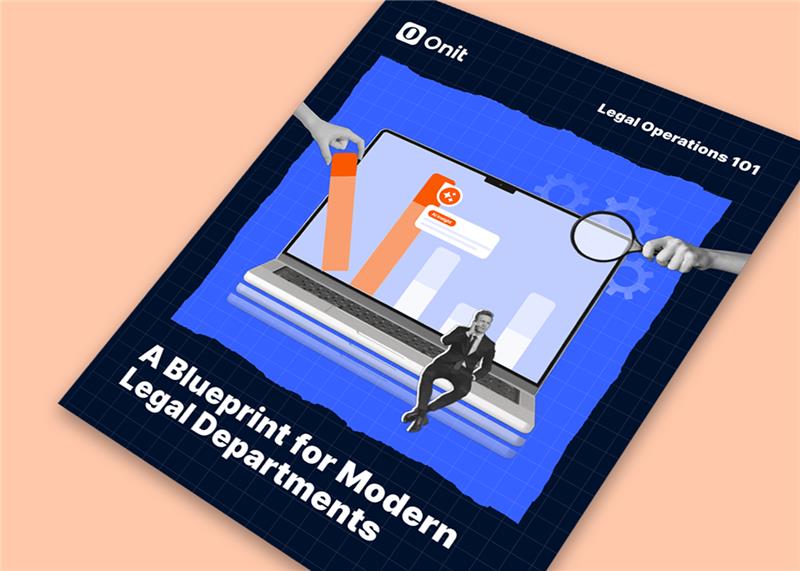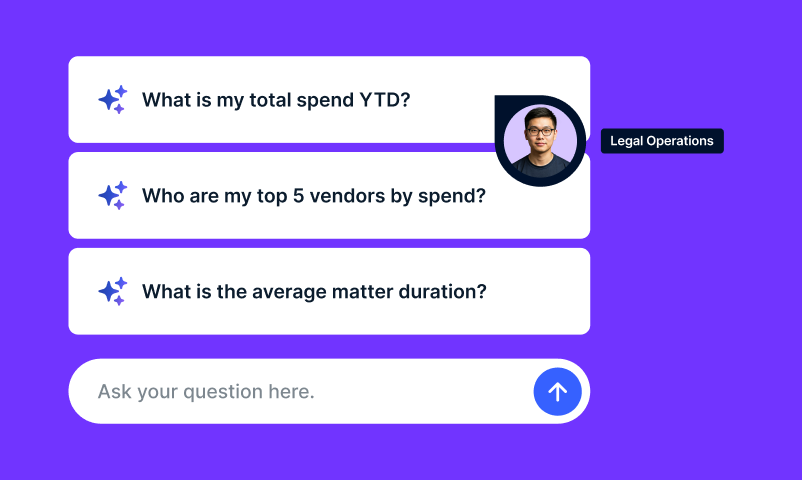
How CLM can Increase Revenue 9%
When it comes to contract lifecycle management software, one thing is sure: It’s on everyone’s radar. Consider these findings from the Association of Corporate Counsel’s 2021 Legal Technology Report for In-House Counsel:
- Contract management software was ranked as one of the top three most effective technologies, behind only matter management and e-billing.
- 77% of participants said they want technology to help them better manage contracts.
- 56% said they are looking into investing in contract lifecycle management software.
- 81% in the $500M to $999M range said they are looking into a contract management software upgrade, while 44% of companies under $100M in revenue are doing the same.
It’s no surprise that interest is high. Contracting delays impact the entire enterprise, stalling revenue generation, new services, valuable partnerships and more. Outdated technologies (those that can’t integrate or scale, for example) and manual processes offer further complications, especially when considering the high volume of contracts and the often limited resources available to manage legal obligations.
What are the Benefits of Contract Lifecycle Management Software?
The World Commerce & Contracting organization estimates that improved contract development and management can increase profitability to the tune of 9% of a company’s annual revenue.
How does it accomplish this? It supercharges the speed of contracting with technology. Companies using contract management software soon find numerous advantages such as:
- Self-service to create new contracts without legal intervention. Departments can select contracts from approved templates and the solution can facilitate a legal review of any deviations from approved language.
- Easy access to all contracts stored in one repository, making it more effective to maintain compliance with audit and governance requirements.
- Reduction of duplicative work by integrating contract data into order management, purchasing and invoicing systems.
- Greater insight into risks, obligations and new laws and regulations through reporting and analytics
- More transparent processes, with the status of any contract only a click away.
- Faster contract turnaround with the help of automation, which steers each contract through its appropriate review cycle while providing automated updates to involved parties as necessary.
- Reduced risk through consistent contract language upheld in the system via templates and contract playbooks.
Contract Management + AI – An Advantage for the Entire Enterprise
When you combine AI and contract management, the benefits multiple rapidly for everyone who depends on contracts.
Consider how AI helps first-pass review. It acts as a junior lawyer, making recommendations and delivering a risk profile. This makes the overall review process much quicker, including reviews by other lawyers. Instead of reviewing the contract, redlining it and adding clauses, an attorney opens up a contract with all of this already performed by AI. In fact, a study found that legal AI contract review software made new users 51.5% more productive and 34% more efficient.
When you apply a 51.5% productivity boost in the context of a typical midsize company, that boost translates into serious results. If you have 55 lawyers reviewing an average of 9,500 contracts, the same team can process an additional 4,900 contracts with contract AI. That’s the equivalent of adding 28 lawyers to the team.
Of course, the legal obligations continue after signature, and AI also supports that process. Contracts offer a wealth of usable data that should be harnessed. Their proper management ensures that the terms of the agreement are fulfilled and helps assess if the company is meeting expected business results. For most teams, this work is currently done manually or not done at all.
AI dramatically increases the efficiency and scope of data extraction, turning data into actionable information in several ways, including:
- Batch review, by extracting data from multiple legal documents at once
- Repapering, by amending or redlining contract details and critical terms to comply with regulatory changes or M&A activities
- Contract abstraction, by identifying critical legal clauses, terms and details in documents for easy analysis and syncing with your CLM.
- Audit compliance by automating large-scale legal contract review when regulatory changes occur and exporting relevant details in notes and reports
- Due diligence through the automation of batch review of contracts for routine legal due diligence, freeing up resources
- Legacy contract migration by rapidly analyzing and extracting legacy contract metadata, including critical dates, terms, and clauses, to assist in importing
AI won’t replace lawyers, but it will provide significant benefits when paired with contracting. This infographic on the benefits of AI and contract management breaks down the quantitative benefits of AI and contract management, including today’s contract burdens, their costs and how AI can accelerate sales cycles by up to 24%.
Additional Contract Management and AI Resources
Ready to start evaluating contract management solutions? Here are a few resources that may help:
- How an AI-Powered CLM Tool Pays Off for Corporate Legal, Sales and Procurement
- Stop the NDA Strain: Making NDA Management More Efficient and Effective for Today’s Corporate Legal Departments
- How Digital Transformation and a Contract System Future-Proof Surges in Contract Activity
- How Does A Contract Management System with AI Improve the Way Lawyers Work? Let’s Look at the Numbers. [Infographic]








 A little over two years ago, Onit launched its contract lifecycle management (CLM) solution, helping Fortune 500 companies streamline the complex processes of buy-side, sell-side and corporate contract administration. The
A little over two years ago, Onit launched its contract lifecycle management (CLM) solution, helping Fortune 500 companies streamline the complex processes of buy-side, sell-side and corporate contract administration. The 



